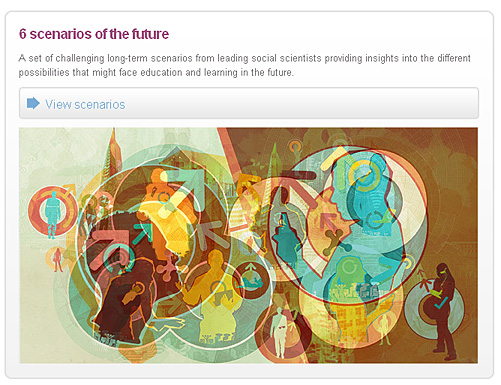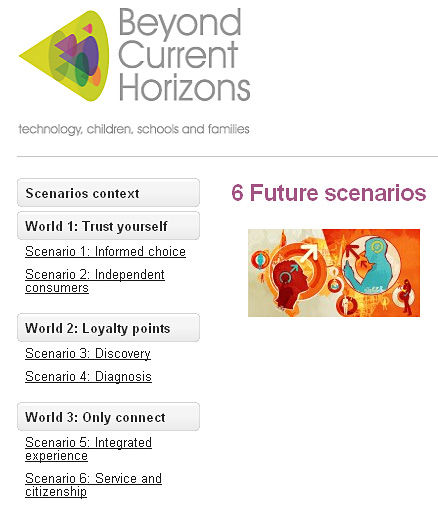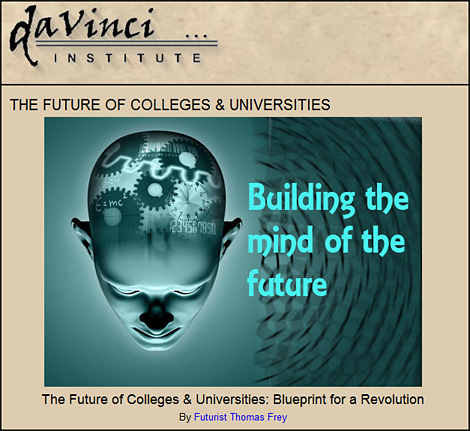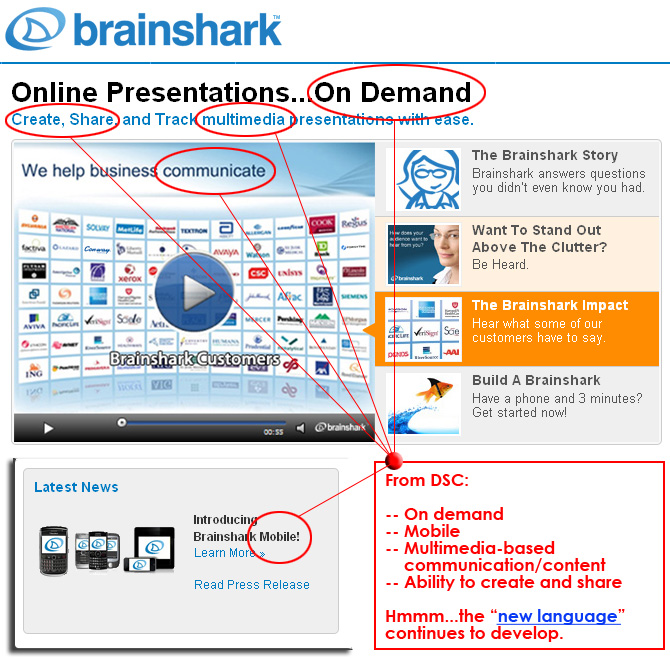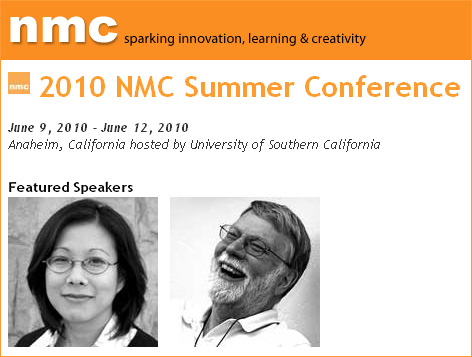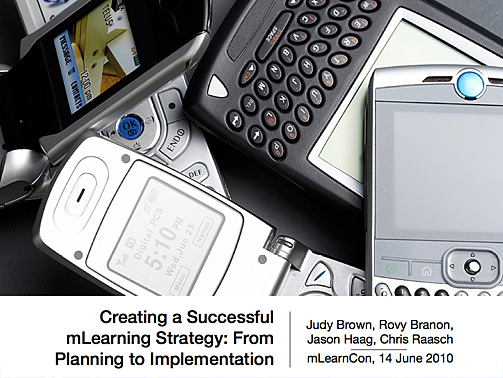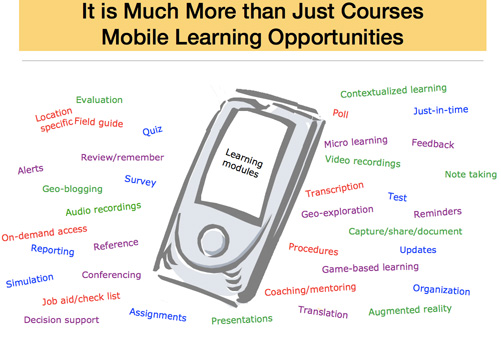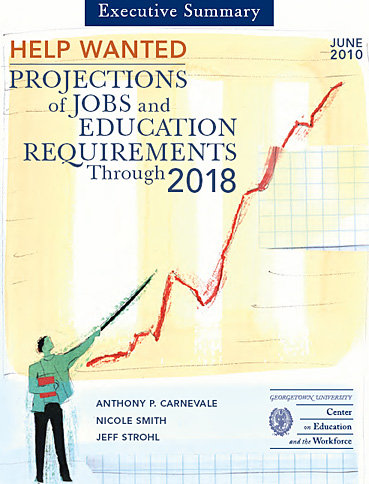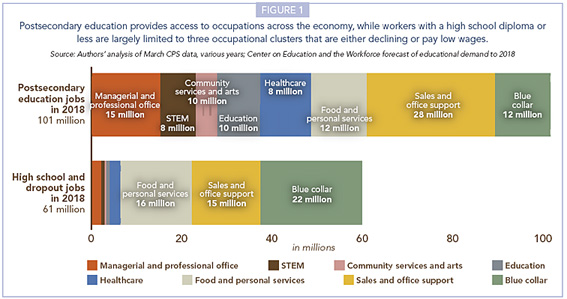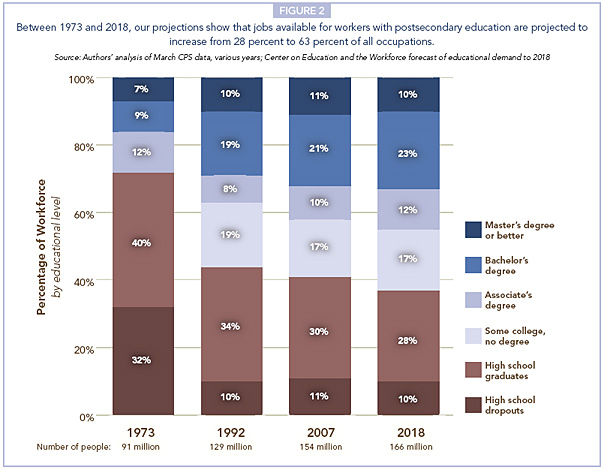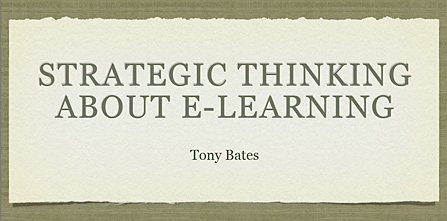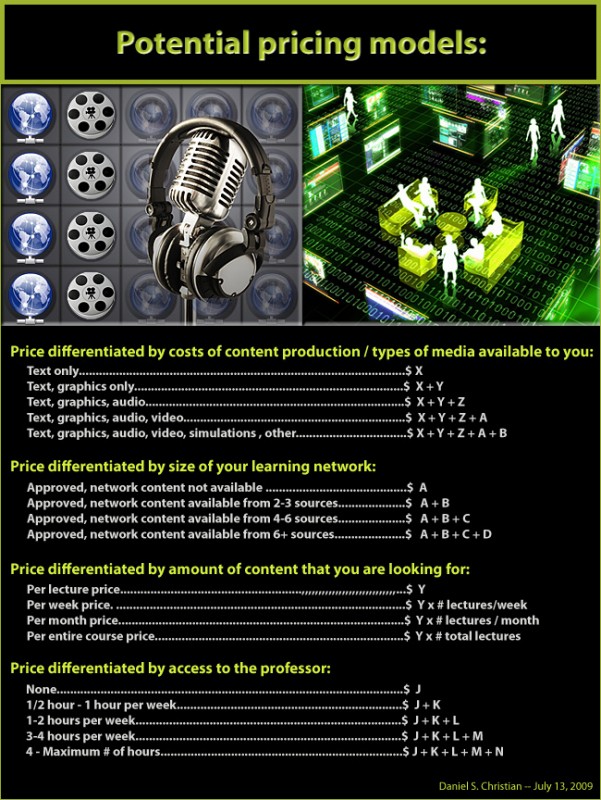Becta is Fit for the Future (March 2010)
This project will identify opportunities that technology will bring to education over the next few years…
Fit for the future is an exciting new project which aims to identify the opportunities and challenges that technology will bring the education and skills sectors over the next 5-6 years and work with leaders, practitioners and the technology industry to develop practical, real-world solutions.
The rapid pace of change and innovation in technology means that the education and skills sector constantly needs to adapt to the technical and social impact of new developments. Fit for the Future is about looking several years ahead and making decisions today that will make us ready for tomorrow’s world (emphasis DSC — and a quick comment: this is a very smart strategy).
The project began in Autumn 2009 and will run until Summer 2011. Becta is currently working with key leading educationalists, technologists, thinkers and experts to develop propositions in response to the key trends identified in the DCSF-funded programme Beyond Current Horizons.
Focusing on five themes, the ideas that these response groups generate will then be tested in real-world situations to assess if and how they could work on a wider scale.
The five themes are:
Theme 1 – Learners’ personal cloud: this theme explores the capacity of learners to constantly connect or engage with a network or school at any time or place and investigates their experiences and expectations of personal virtual environments and personalised data.
Theme 2 – Learning beyond a single setting: this theme looks at how learning is increasingly taking place across multiple institutions or places (school, home libraries, museums, employers) and explores how technology can support this in a revised 14-19 curriculum.
Theme 3 – Making the most of data: looks at how technology can be used to make better use of the huge amount of data that is constantly generated in the life of a learner and increasingly being used to build profiles about them.
Theme 4 – New Knowledge Skills: Our future economy will be heavily reliant on innovation, research and development, problem solving and digital capability. This theme aims to better understand what competencies, skills and knowledge will be required of both students and teachers, particularly in relation to STEM (science, technology, engineering and maths).
Theme 5 – Education across borders: Learners and educators now have access to resources not just from their immediate surroundings but from across the globe. This theme explores the potential creation of educational franchises across national boundaries supported by technology-based resources and networks.
